Archives
- 2025-12
- 2025-11
- 2025-10
- 2025-09
- 2025-03
- 2025-02
- 2025-01
- 2024-12
- 2024-11
- 2024-10
- 2024-09
- 2024-08
- 2024-07
- 2024-06
- 2024-05
- 2024-04
- 2024-03
- 2024-02
- 2024-01
- 2023-12
- 2023-11
- 2023-10
- 2023-09
- 2023-08
- 2023-06
- 2023-05
- 2023-04
- 2023-03
- 2023-02
- 2023-01
- 2022-12
- 2022-11
- 2022-10
- 2022-09
- 2022-08
- 2022-07
- 2022-06
- 2022-05
- 2022-04
- 2022-03
- 2022-02
- 2022-01
- 2021-12
- 2021-11
- 2021-10
- 2021-09
- 2021-08
- 2021-07
- 2021-06
- 2021-05
- 2021-04
- 2021-03
- 2021-02
- 2021-01
- 2020-12
- 2020-11
- 2020-10
- 2020-09
- 2020-08
- 2020-07
- 2020-06
- 2020-05
- 2020-04
- 2020-03
- 2020-02
- 2020-01
- 2019-12
- 2019-11
- 2019-10
- 2019-09
- 2019-08
- 2019-07
- 2019-06
- 2019-05
- 2019-04
- 2018-07
-
We next considered the effect
2024-11-26
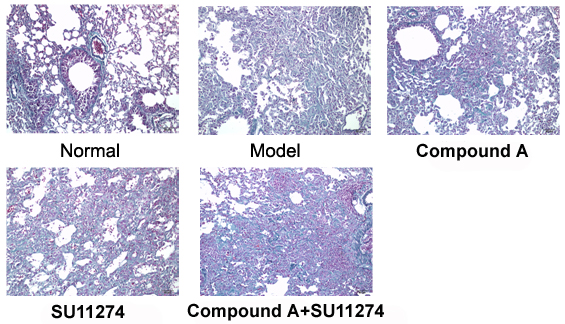
We next considered the effect of alkyl chain length on the inhibitory activity. As can be seen from , it is obvious that there is no proportional relationship between the methylene chain length and activity. The activity decreased when the chain length increased from 1 to 3 and increased with elonga
-
The PAS domains of AHR
2024-11-26
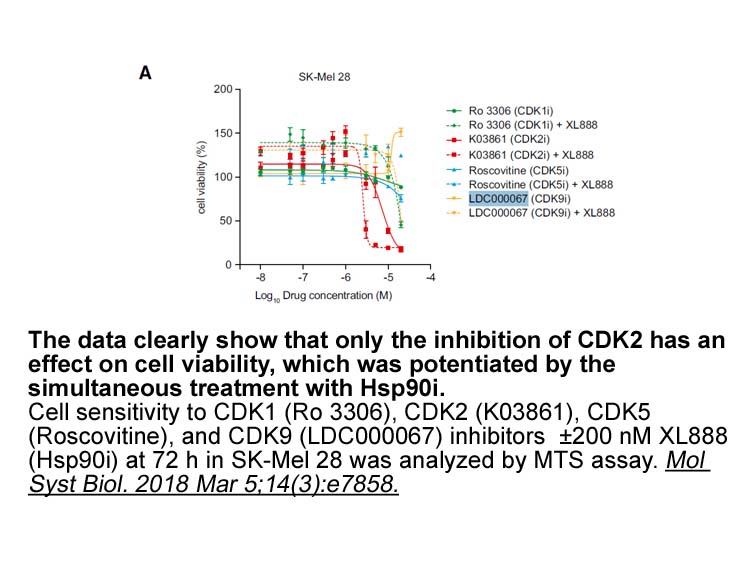
The PAS domains of AHR consist of two regions, PAS-A and PAS-B, which function as interfaces for dimerization with ARNT and for ligand binding, respectively [14]. Although both the bHLH and the PAS-A domains have been shown to be involved in dimerization with ARNT, a recent report suggests that only
-
Studies on both TCDD treated mice
2024-11-26
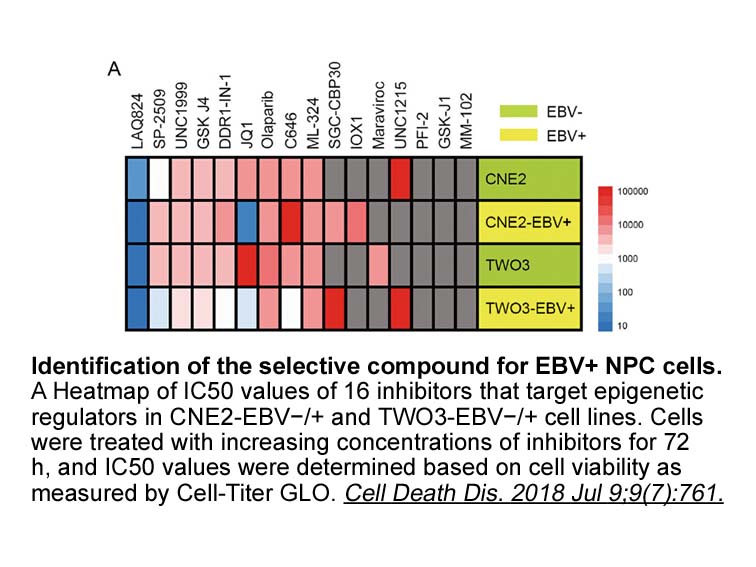
Studies on both TCDD treated mice and AhR null mice have also pointed to a role of AhR in hematopoiesis [65], [66]. Singh et al. showed that AhR is a negative regulator of HSC (hematopoietic stem cell) proliferation, while deletion of AhR leads to spleen enlargement in juvenile and adult mice [67].
-
BI-7273 There are human genes in the SLC A family
2024-11-26

There are 12 human genes in the SLC5A family, and 6 of these are expressed in human heart (Table 2). Little is known about SGLT proteins in the heart. Zhou et al. [56] reported the presence of SGLT1 mRNA in the human heart. Researchers have found that levels of SGLT1 mRNA in heart are approximately
-
2-Cl-IB-MECA br Conclusions The following are the
2024-11-26
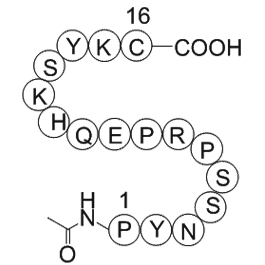
Conclusions The following are the supplementary data related to this article. Author contributions Conflict of interest Funding sources This work was supported by the Canadian Institutes of Health Research [grant: MOP-79470]. Introduction Sperm cells undergo a number of physical and
-
False positivity of Anti AChR Ab
2024-11-26

False positivity of Anti-AChR Ab titers, due to cross reactivity with bungarotoxin, has previously been demonstrated. One such study reported that patients with amyotrophic lateral sclerosis, who had received long term snake venom therapy, had developed antibodies to bungarotoxin and hence demonstra
-
br Introduction Nausea and vomiting are
2024-11-26

Introduction Nausea and vomiting are among the most distressing side effects associated with chemotherapy in cancer patients (Billio et al., 2010). Severe emesis can negatively affect a patient's nutritional state, ability to work and motivation, which can, in turn, interfere with the clinical co
-
br Experimental procedure br Funding The
2024-11-26
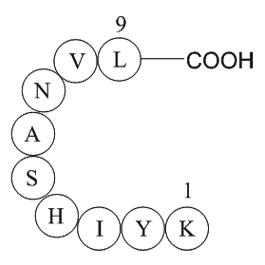
Experimental procedure Funding The present study was supported by the Grant Russian Foundation for basic research (project no. 16-04-01517). Introduction 5-HT, a monoaminergic neurotransmitter, is synthesised from l-tryptophan catalysed by the enzymes tryptophan hydroxylase (Tph) and aroma
-
The role of DHT in early teleost embryogenesis is not
2024-11-26
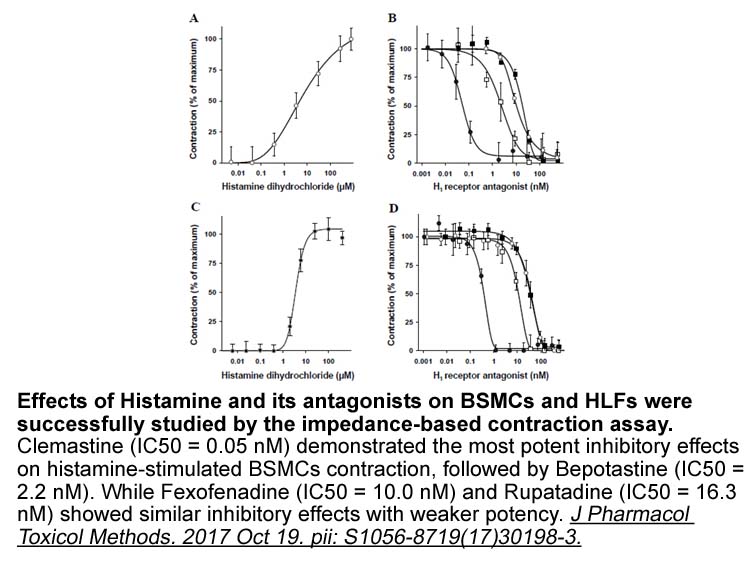
The role of DHT in early teleost embryogenesis is not entirely clear or established, however additional studies that treat fish embryos to DHT or to specific srd5a inhibitors at critical stages of development (i.e. prior to sex differentiation) will shed light on the early functions of this androgen
-
Because of its role in tumor growth proliferation
2024-11-26

Because of its role in tumor growth, proliferation and metastasis, Axl is considered a therapeutic target. Several Axl inhibitors, including low-molecular-weight agents and antibodies, have been reported. Axl inhibition, using low-molecular-weight inhibitors or shRNA knockdown, resulted in reduced t
-
In the case of DIA CN the docking results
2024-11-26
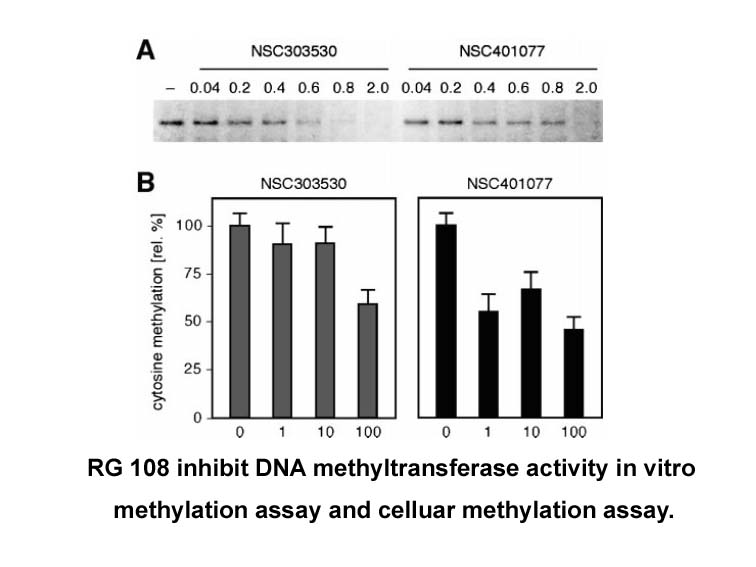
In the case of DIA-4CN the docking results do not show any interaction between the iron atom and the inhibitor, presumably due to the reduced ability to form a complex involving the -CONN- moiety versus the bidentate -CONHNH- central group of HYD-4Me. This results in a considerable gap between the i
-
Previous investigations have established that
2024-11-25

Previous investigations have established that aromatase activity is regulated via two different pathways in a tissue-specific manner. The first is a slower transcription regulatory pathway that involves an alteration in gene transcription and represents what is classically thought of as the way by w
-
br Antioxidant polymers conjugates Natural
2024-11-25
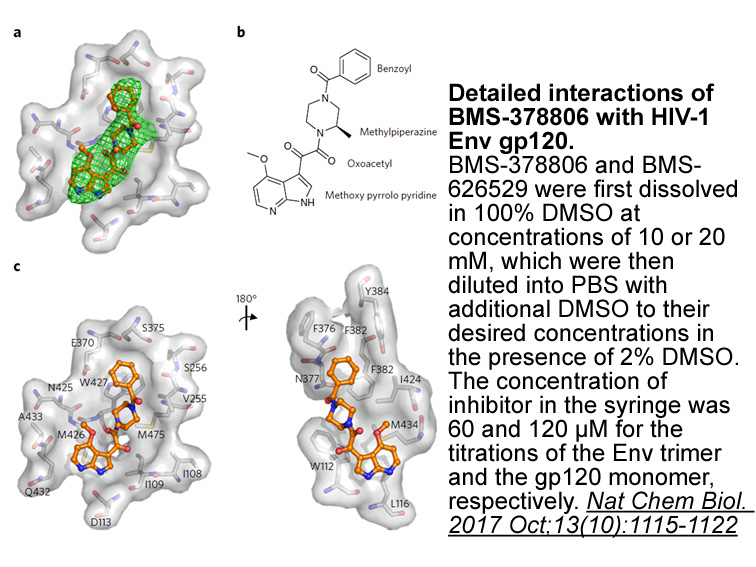
Antioxidant-polymers conjugates Natural antioxidants are usually used as a substitute for synthetics but some degradation phenomena could influence their applications. For example, ascorbic NS 11394 as a natural antioxidant undergoes yellowish coloration as a result of oxidation [29]. Sing and K
-
br Acknowledgements We thank the National Natural Science Fo
2024-11-25
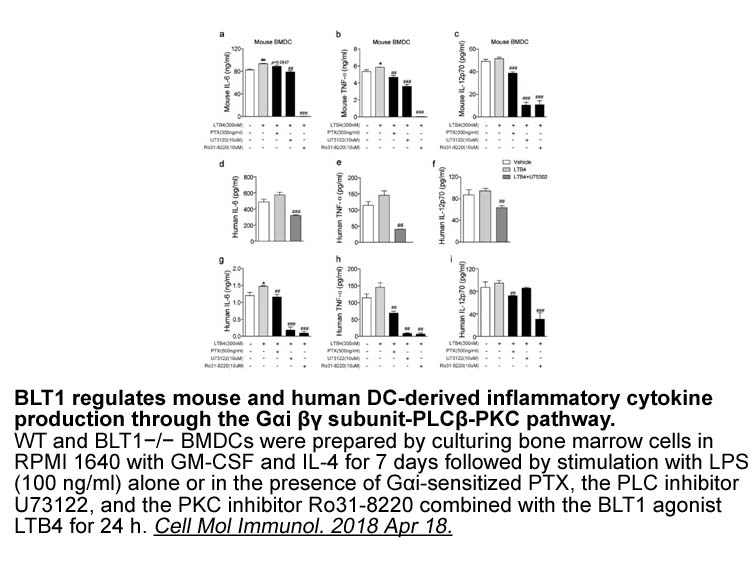
Acknowledgements We thank the National Natural Science Foundation of China (41576156), Shandong Province Science and Technology Development Plan (2015GSF121045), Yantai Science and Technology Development Plan (2015ZH078), and the Public Science and Technology Research Funds Projects of Ocean (No.
-
d-biotin receptor Vascular interventional radiology VIR labo
2024-11-25
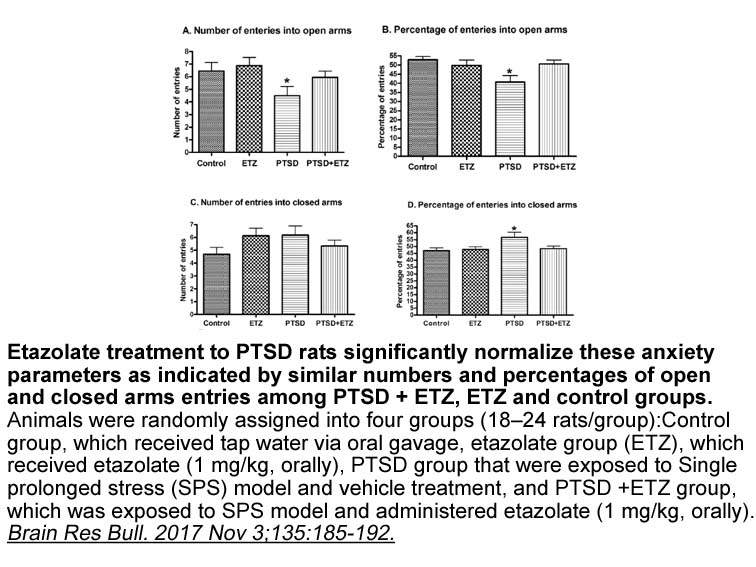
Vascular interventional radiology (VIR) laboratories perform a myriad of procedures ranging from simple tunneled peripherally inserted central catheter lines to complex transjugular intrahepatic portosystemic shunt placements. Infections are a common complication in the VIR environment; thus, the pr
15368 records 51/1025 page Previous Next First page 上5页 5152535455 下5页 Last page